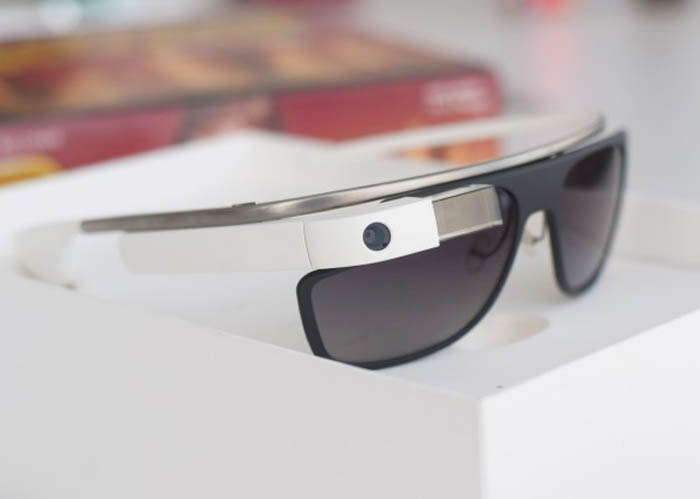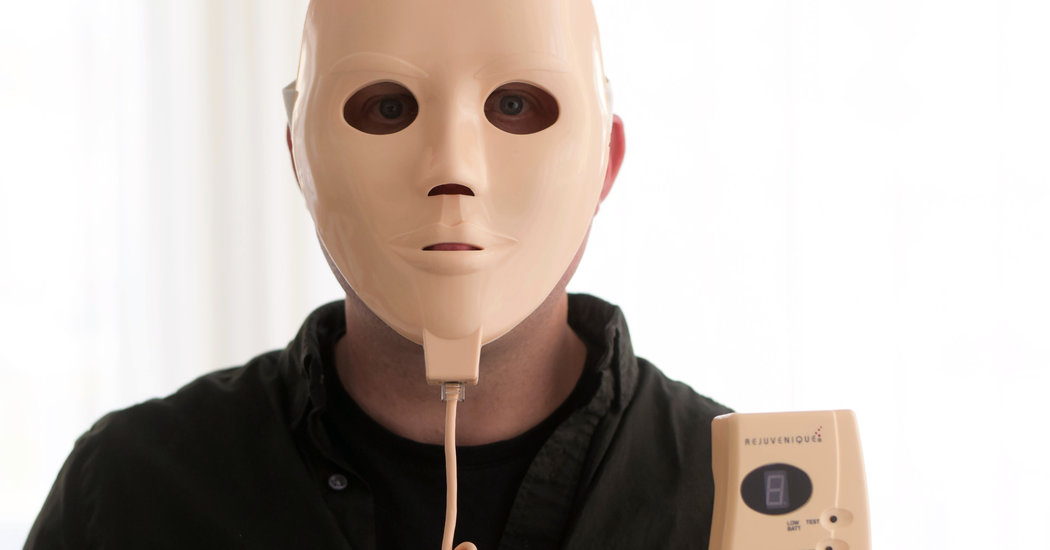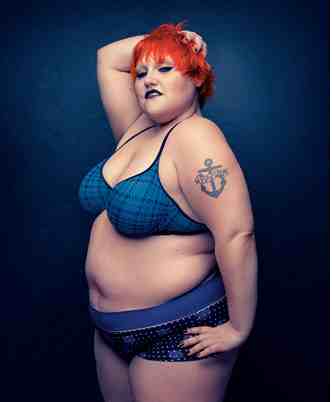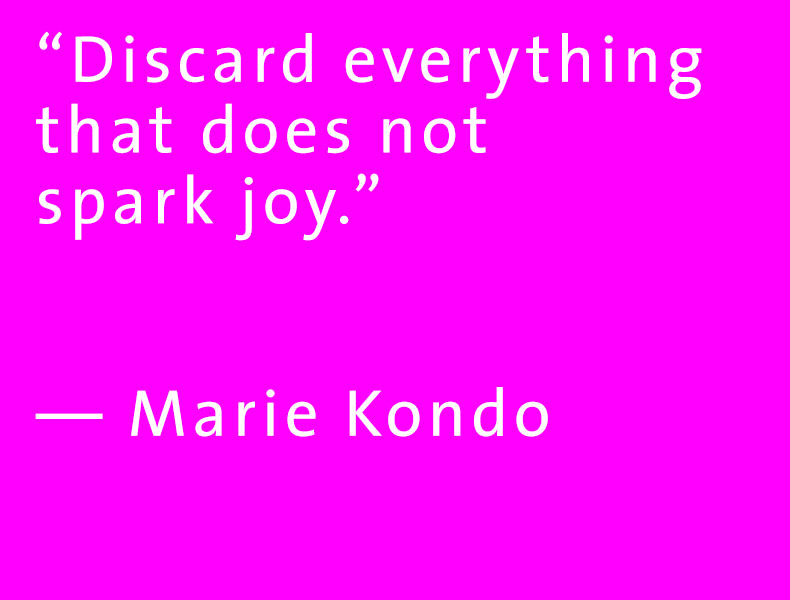Dr. Samuel West, Director of the Museum of Failures in Helsingborg, Sweden collects innovation fails made by big companies. Through them, he hopes to share an essential lesson.
Failure starts early on when you break something as a kid. Nobody goes ‘Yay. Good for you. You’re learning about your environment.’ Failure is something kids internalize quite quickly as something negative. We deal with failure and other painful memories by ignoring them. The same way that companies do when they fail with their products. And instead of learning from their failure, they move on to the next big thing.
The main message that I want to share with the Museum is that:
It’s okay to share your inadequacies, your failures, your stupid questions, your unrefined ideas without being negatively judged.

We love seeing the BIG GUY’S failures, including Apple’s. We think, look at the follies those guys pursued (like the Rejuvenique Facial Toner that works by shocking your face!) The fact is, though, many companies build-in failure as part of their operating budget. For the strongest, most disruptive companies, failure is part of experimenting, the only way to find a new path. Take Amazon’s CEO Jeff Bezos, who the New York Times wrote about in regards to his quest to buy Whole Foods, a serious risk:
We really like that Bezos knows that experiments come with failure (though he admits listing those failures is painful). But most mortals are NOT brought up to view “failure” benignly; the stakes always seem much higher when it’s your life.
We are vulnerable to feelings of inadequacy driven by the harsh opinions of clueless parents, or by comparing ourselves to our peers (who we see living “brilliant lives” via social media).
We are reminded of a friend’s wonderful father who left a small town to seek his fortune in New York City made a lot of money and enjoyed working in advertising, put his kids through private schools, supported most of his extended family, and did a lot of interesting things along the way. Because he had not pursued a fine art career (Picasso was the specter he held himself up to), he felt like he was a failure.

What all the self-identified “failures” we know have in common is that they cannot see the things or sensibility or kindness they put into the world, that is, their successes.
As we’ve gotten older, we’ve witnessed the endless possibilities for failures in our lives, in handling relationships, money, health, work, creative projects. When we say to ourselves Boy, we really messed THAT up, we’ve slowly come to embrace the message of the deeply heartening sign on the Museum of Failure’s home page:

via Core 77






hmmm,
no matter how many you hit,
they seem to remember you by,..
the one you missed.(?)
,..ask Mr. Casey about that. ?
Attitiude, i think to be important.
‘Failing’,..in style. grace. class.
,…because,
we hold something,
even MORE valuable(?).
hmm,
got me thinking,…